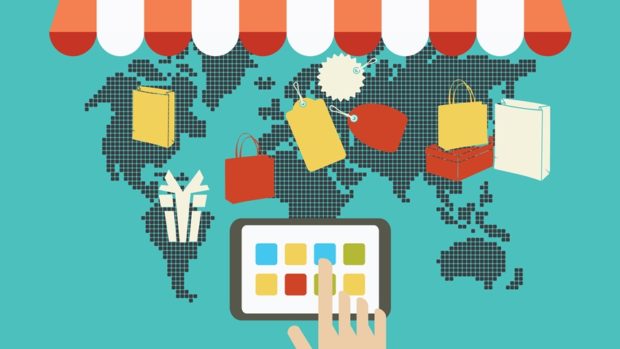
As business owners and marketing professionals, we have keenly felt the impact of rising costs associated with acquiring new customers. While Apple's iOS 14.5 update, which allowed users to opt out of app tracking, has played a role in this increasing trend, it is important to recognize that the challenges…







